BONOTTO - In Search of Lost Time
Giovanni Bonotto loves Nature, the one with a capital N and majestic, reigning over a magnificent Earth that sometimes tends to the magical. The man behind Fabbrica Lenta believes in...
Giovanni Bonotto loves Nature, the one with a capital N and majestic, reigning over a magnificent Earth that sometimes tends to the magical. The man behind Fabbrica Lenta believes in...

Giovanni Bonotto loves Nature, the one with a capital N and majestic, reigning over a magnificent Earth that sometimes tends to the magical. The man behind Fabbrica Lenta believes in Darwin, in the evolution of species, animals and men, and preaches a return to the true rhythm of life, far from the demands of mass production, imposed by a humanity that runs, runs, runs without knowing why.
La Fabbrica Lenta is the factory, not the slowest, but the most reasonable, the most respectful too: respect for all those who work there, putting man and his hands back at the center of the creative process.
This extraordinary creator, who places surrealism, as defined by André Breton, at the center of his weaving, far from any romantic thought, has given us, if not a part of his secrets, at least a glimpse of his complex, absolutely positive, open and soothing thought.
From this meeting between the master-weaver-philosopher and Leclaireur, is born a crazy desire to count the moons, to the rhythm of an original circumvolution, and to breathe to the rhythm of the elements.
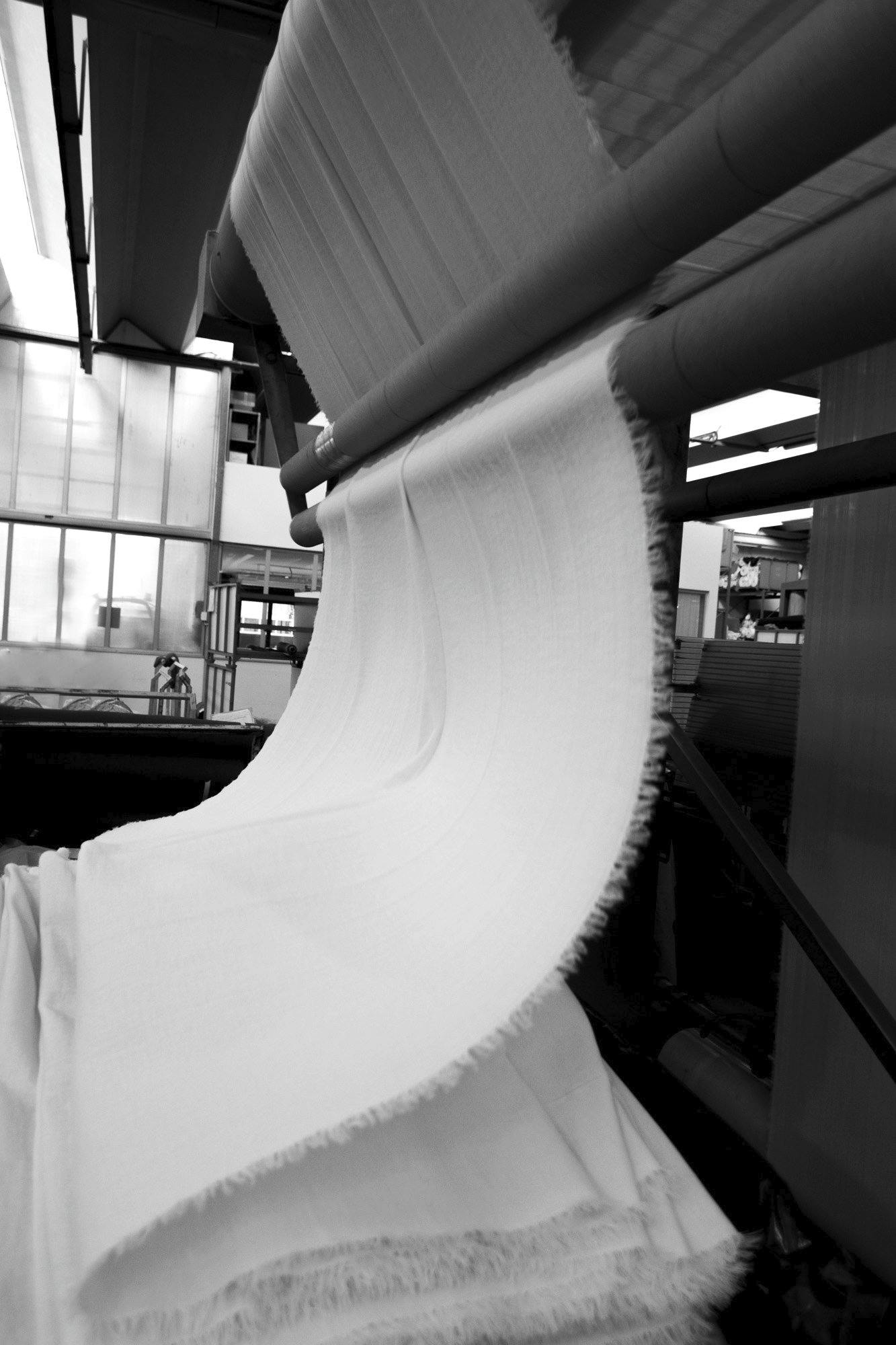
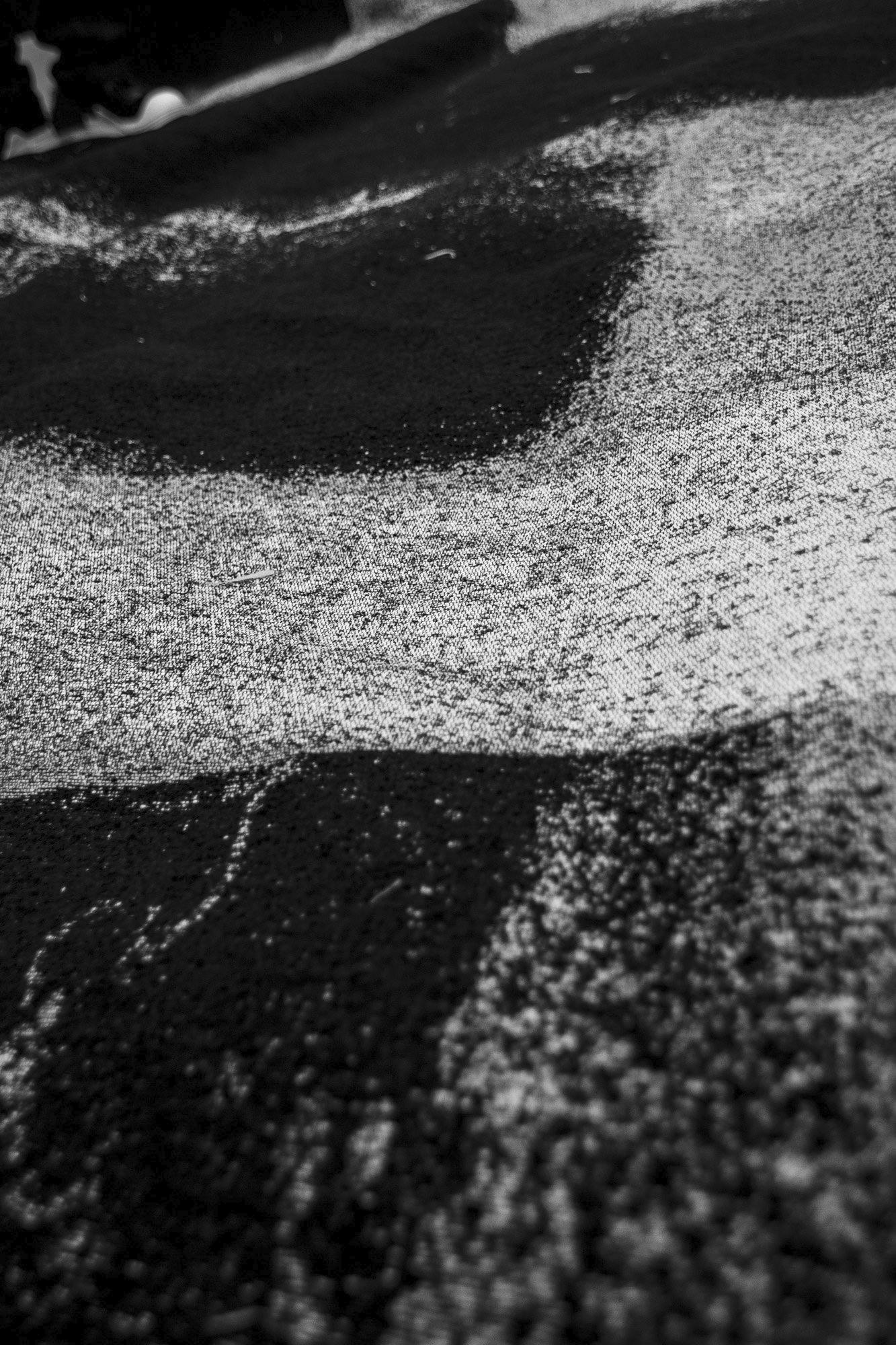
Leclaireur: You have a very personal approach, in all things...
Giovanni Bonotto: My work was born by chance. I started working here because I am the son of a weaver. I am also a semiologist, I was educated in the philosophy of language, and it is a cultural approach that has given me a different vision of my work. I see fashion as a philosopher does, and the world is always interesting to me. I'm not talking about the world as it is perceived, as it is envisioned by individuals, but about the world that nature offers us.
During my stays abroad, in Japan, Patagonia, China, India, I discovered extraordinary places, extreme lands. Nature has offered us extraordinary scenarios that few people know about. My work has its origins in research, in protection, and because I try to be always present during these moments that nature gives us. An original nature, without artifice and without cultural approach.
L: What does that mean? Give us some examples...
GB : I am referring for example to animals like the wild hare of the Land of Fire. It seeks protection from the powerful winds that whip up the glaciers. Nature, as Darwin taught us, is expressing itself, and has allowed this hare to evolve and resist thanks to its long coat that protects it from the cold of storms.
Other incredible phenomena exist... The Tibetan yak must endure heavy snowfalls: its coat must be made of a light and waterproof wool. The guanaco lives in the Andes cordillera: thanks to its perfectly insulating coat, it can withstand gigantic temperature differences between the heat of the day and the cool of the night.
There are many other stories of this type, such as the primordial cotton which comes from Zimbabwe, or the crisp cotton, which comes from a region located between Turkey and Syria. The world, nature, gives us the opportunity to see wonders, which have influenced my work, which are the driving force. It is not so much a cultural journey of a poetic or lyrical personal vision, or an inspiration that I find in Man. Rather, the inspiration comes from the incredible heritage that nature has left us. I believe that there are few artists, I believe little in the romantic vision of the artist or the designer of genius. On the other hand, I believe that contemporary culture must embrace a community.
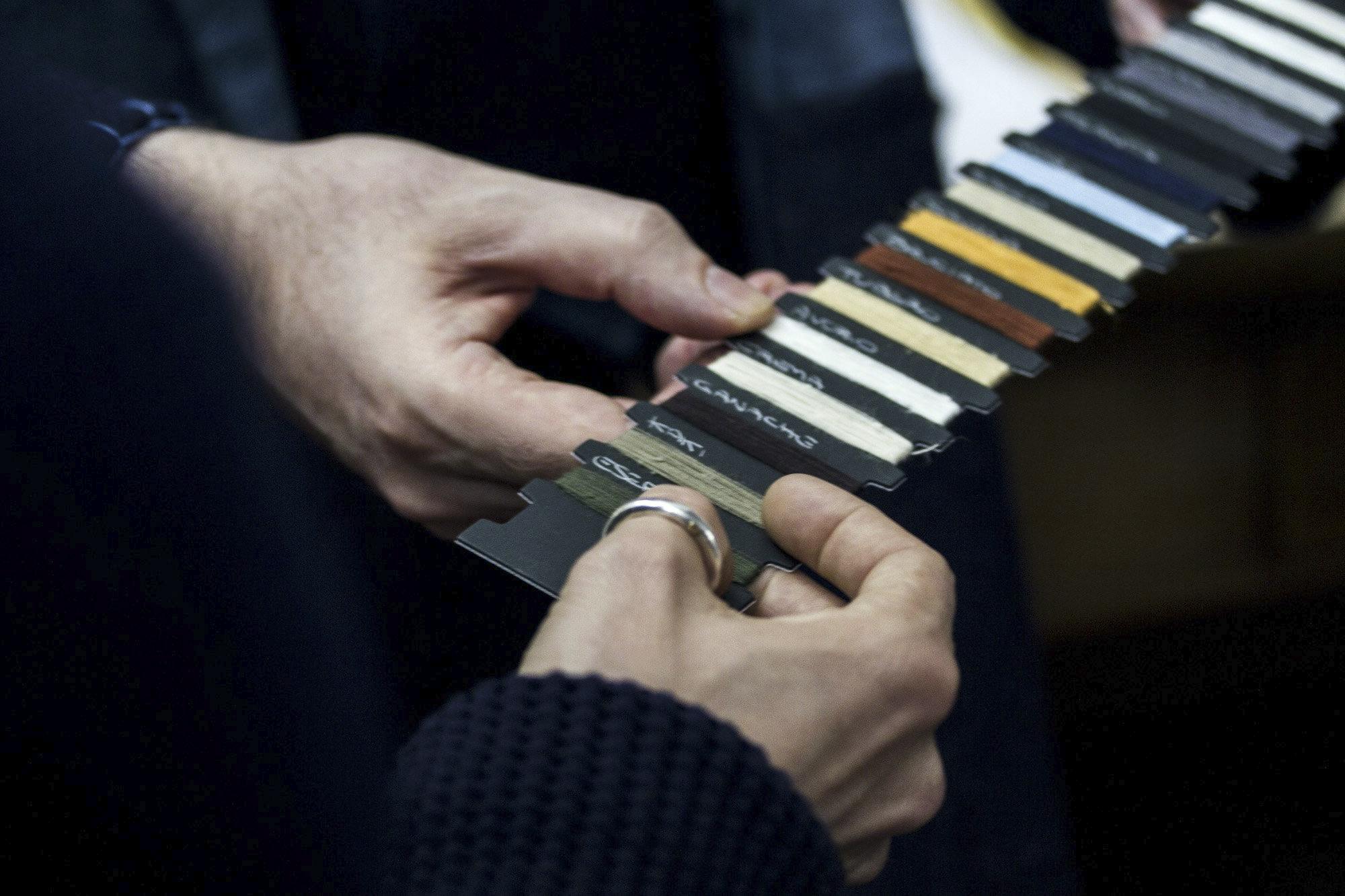
L: A community of culture?
GB : A community different from the pro-communist concept, closer to the web communities. Collaboration, exchanges between individuals allow growth. Fashion is no longer the intellectual business of a single designer. Fashion is us, with what we do every day. Marcel Duchamp explained that the new concept of a work of art is life itself. Any extension of life is a work of art, not just a matter of aesthetics - linked to a given moment. My work wants to "be", wants to create a community. Here at Bonotto, two hundred master craftsmen participate in this collaboration. Together we create material, we create suggestions. We are inspired by nature, which offers us incredible stories, and we translate them, not with a designer's way of thinking, but with our ability to produce, with the intelligent hands of an entire community. Today, Bonotto is that.
L: What exactly is "Fabbrica lenta"?
GB: Fabbrica lenta represents the new model for the textile industry. Today, our sector is saturated, in terms of production. Increasing production no longer makes sense. When I was a child, all my father's industrial colleagues spent their time investing money in order to increase the productivity of the machines. Their investments were therefore used to improve the productive performance of the machines and to reduce the labor force.
All this research into technology - aimed at producing more with fewer workers - turned our factories into gigantic photocopiers. Thirty years later, the Asians came into the market with new money and bought our "photocopiers" and even more modern and efficient machines. This manufacturing industry has been homologated and standardized worldwide. Italy has adopted the same model. The economic crisis linked to this production model is the consequence.
Fabbrica Lenta is the answer to this immense difficulty, to these photocopy industries.
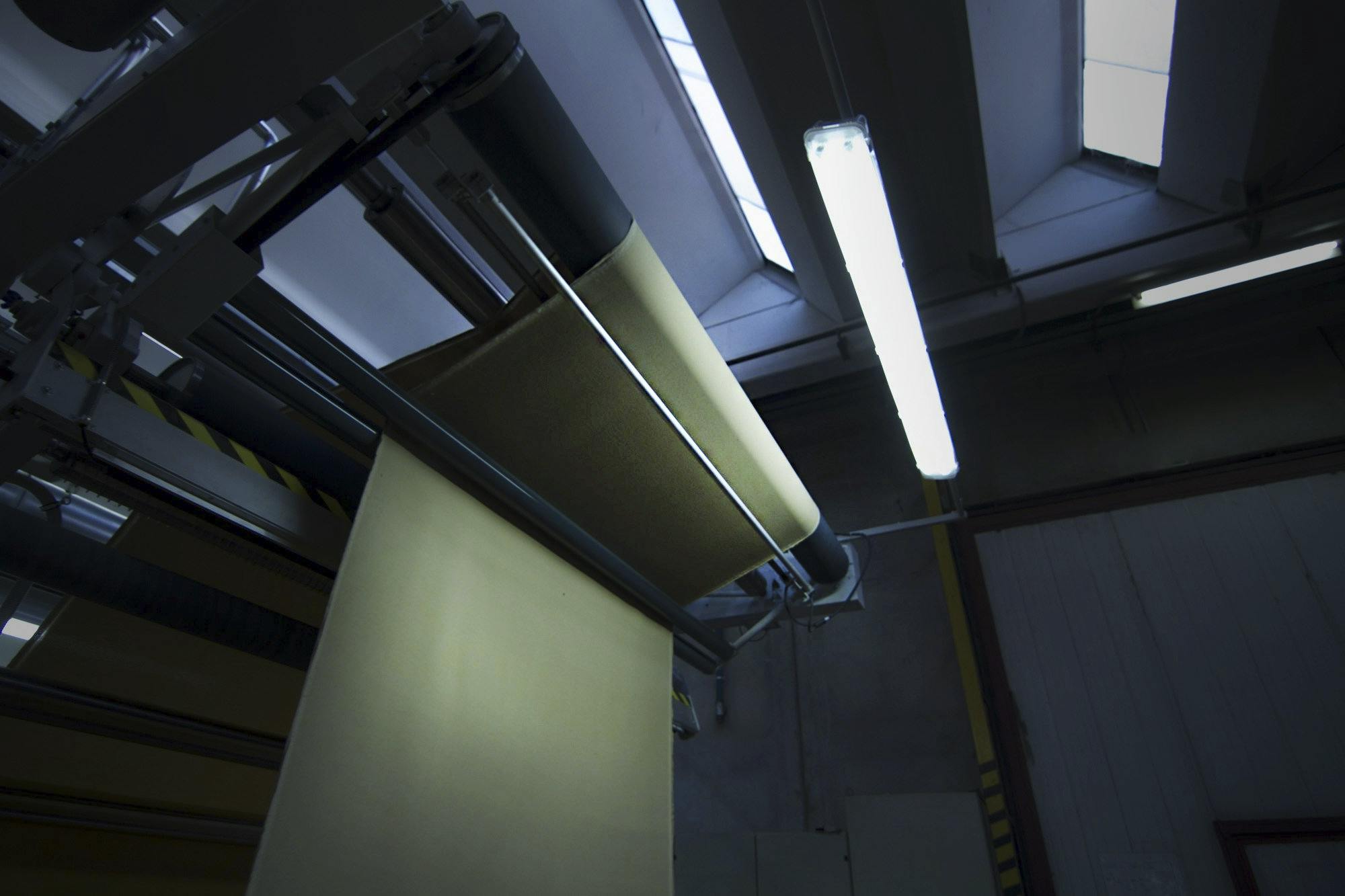
L: How did you set up this response?
GB: We started by reclaiming the culture of the hands, and making those hands intelligent people. The worker does not supervise the production process; he becomes a master craftsman, working with advanced technology that allows the collaboration between the craftsman and the machine. The work of the hands, the manufacture, the love of the intelligent hands, penetrate inside the fabric. The fabric becomes an extraordinary surface. The fabric speaks, it is no longer anonymous. The great master Leonardo da Vinci had an obsession in his life, to paint the air. He succeeded in his paintings, such as The Virgin and the Rocks or the Mona Lisa.
Even today, between 700 and 1000 visitors come every day to admire the Mona Lisa in the Louvre. It is a magical work, in which Leonardo da Vinci managed to represent the air. At Fabbrica Lenta, we want to paint the air in our fabrics every day, thanks to our intelligent hands. We want to create magical surfaces and wefts. This is the value of craftsmanship when it is done in a professional way, with mechanical machines, not electronic ones. This is the value of exploiting the fantastic heritage of raw materials that nature has given us. No one in the world can reproduce it except nature itself, through thousands of years of evolution.
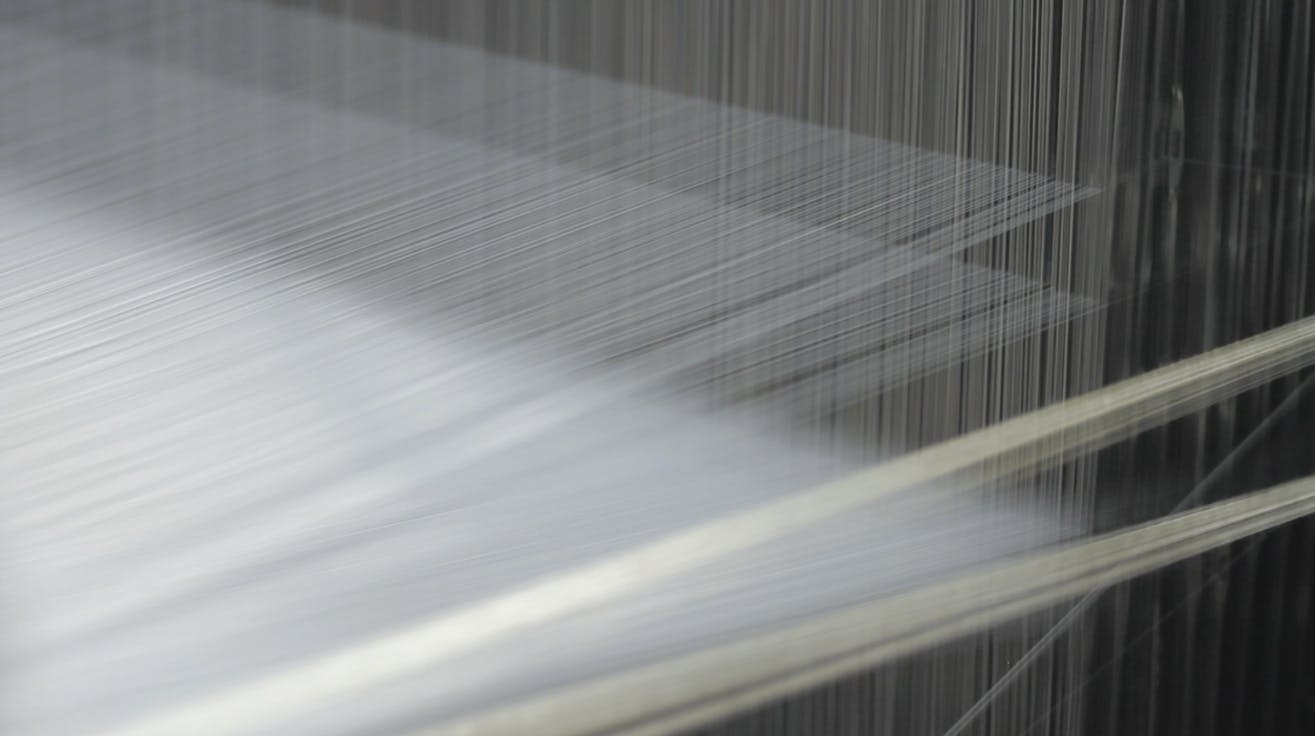
L: In the course of your life, you have crossed paths with extraordinary, sometimes magical, individuals...
GB : I was 5 or 6 years old the first time I met Marcel Duchamp. He came to play chess with my father, he stayed two hours. He never spoke. During these chess games, he and my father managed to silently exchange a lot of information and communicate in an extraordinary way, whereas he was a very taciturn person, who never said hello to me. His presence frightened me, in fact.
I also remember a young Japanese girl who fed me tofu and soy for days on end while I dreamed of Nutella and candy. Her name was Yoko Ono, and when she came here, it was not a joy, on the contrary: I always tried to escape.
There was also this gentleman who came to plant trees on my soccer field, making it unfit for any kind of play. I later found out that it was Beuys.
It's true that there have been many other encounters with personalities belonging to the last avant-garde of the 20th century. These artists destructured the vision of management, of business administration and brought their visions full of fantasy that allowed us to look at our work differently. It was Art that gave birth to Fabbrica lenta, which then fertilized the industrial procedures.
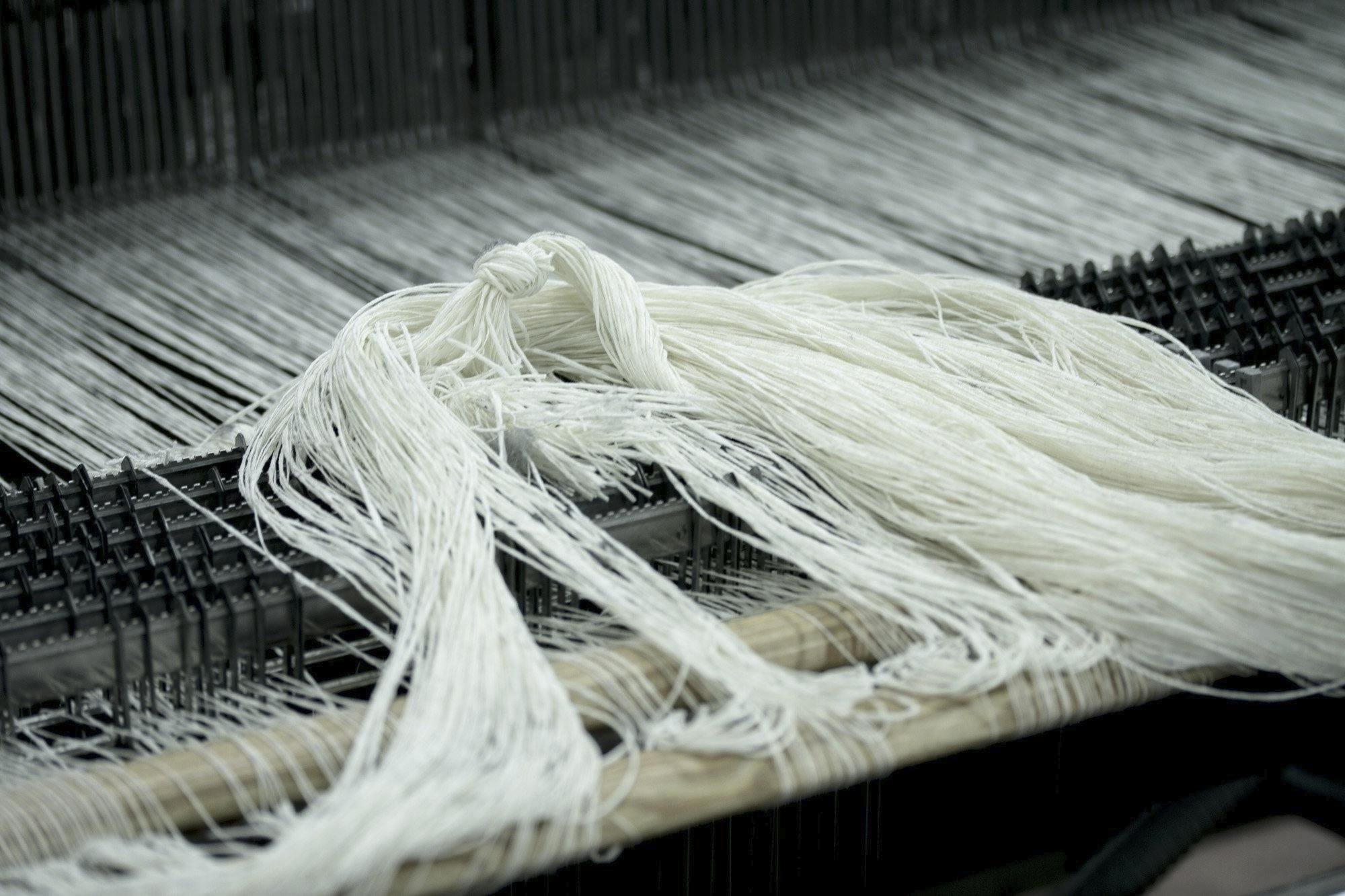
L: You participate in SHIGOTO Project, this new adventure imagined by Leclaireur...
The Shigoto Project is precisely what I'm looking for, since my reflection is dedicated to redefining the basics of what fashion is. In recent years, fashion has suffered from the inflation of "limited series". For twenty years, fashion has been more focused on communication than on the product.
It's time for me to pass on everything I've learned in recent years about raw materials. At Leclaireur, I found... brothers. Brothers who share the same feelings as me, who seek to retrace and redefine the original fashion archetype.
Today, with SHIGOTO Project, I want to make the know-how of Fabbrica Lenta available and reintegrate it into the origins of fashion, internationally.
Il carrello è vuoto.
Inizia a fare acquisti